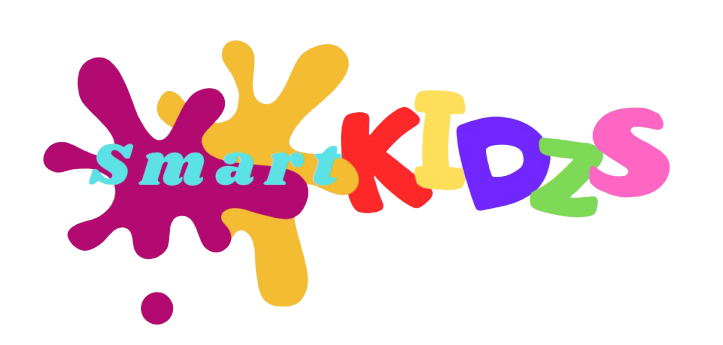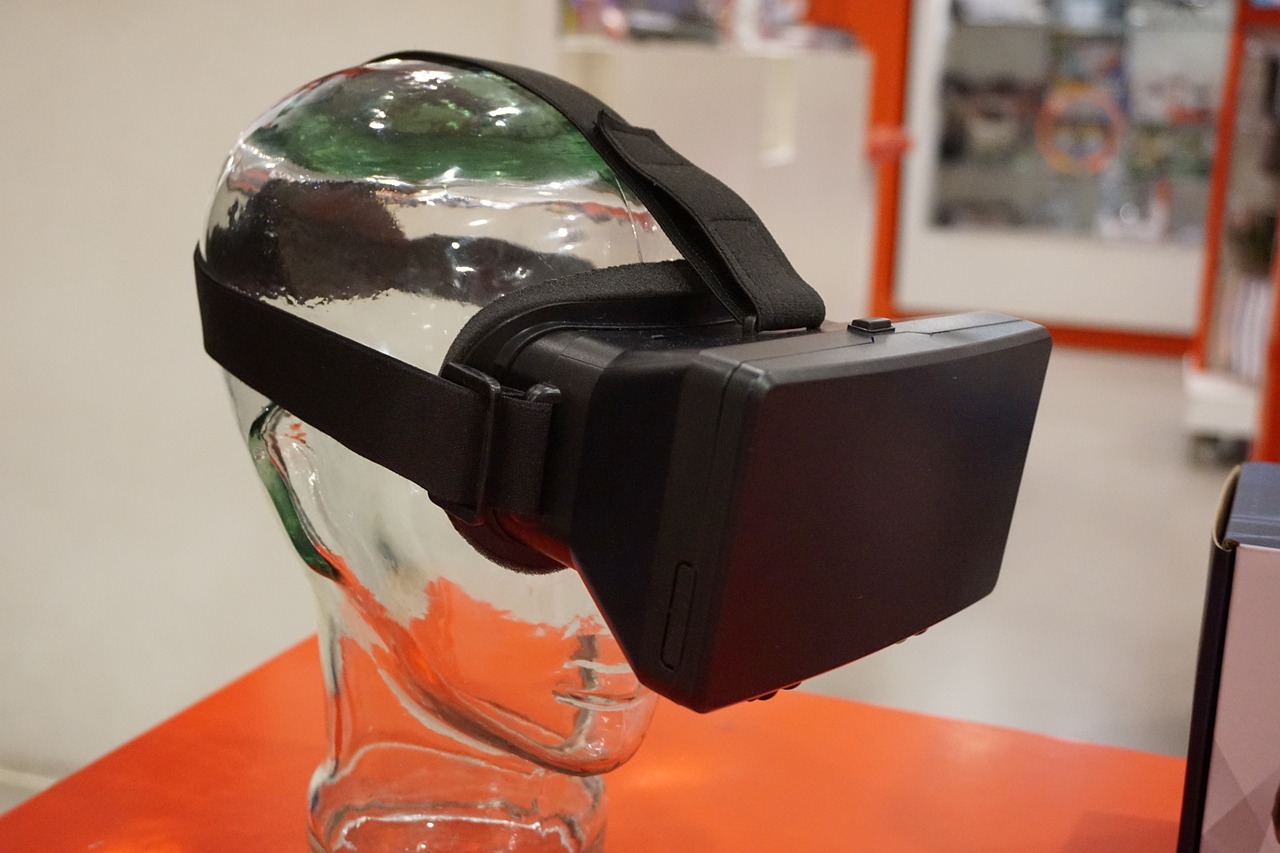History can feel boring to kids when it’s just pages in a book. Dates, names, old photos—it all feels far away. But VR changes that. It lets kids go there. Like, actually feel like they’re standing in the past.
With VR headsets, students can explore the pyramids in Egypt, walk through the streets of ancient Rome, or even stand inside a World War I trench. Instead of reading about the past, they experience it. They can look around, move through spaces, and feel like they’re part of the story.
This isn’t fantasy, it’s already happening in real classrooms. Tools like ClassVR and FotonVR are helping teachers create virtual field trips. These trips are safe, easy to set up, and way cheaper than a real flight across the world. Plus, they work for all kinds of learners—whether a kid learns best by seeing, hearing, or doing. The best part is Kids get excited. They ask more questions. They want to learn. History becomes real, not just a test subject. It’s like giving them a time machine, without the danger.
And when kids feel like they’ve been there, they remember it. They don’t just memorize facts, they understand what those facts mean. VR turns time travel from a dream into a lesson. And once a kid walks through history, they’ll never look at it the same way again.
Enhanced Engagement and Retention
feel
Fostering Empathy Through Experience
why
A study published in the International Journal of History Research found that VR significantly improves students’ historical knowledge, engagement, and motivation. The immersive nature of VR allows students to explore historical contexts deeply, fostering critical thinking and better retention of information.


